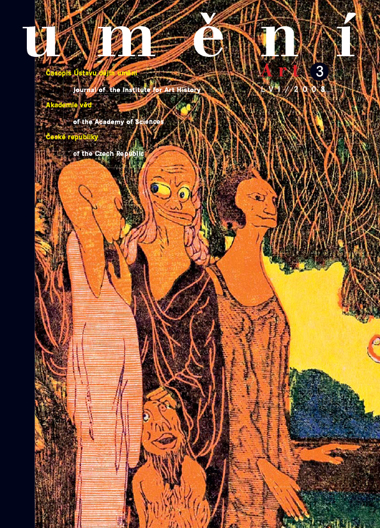Tomáš Winter
Vodník a nevědomí
An important role has been played in Czech 19th- and 20th-century visual arts by an interest in fairytale motifs. Among the various supernatural creatures and mythical tales that have appeared, the water sprite has been particularly popular. Although literary tradition influenced the visual depiction of this figure, it was not just in an illustrative and anecdotal sense. In some instances, the artists have turned the figure into a multivalent symbol: modifying its original significance and opening it up to possible new interpretations. One approach to achieving a deeper, psychological theme using a water sprite has been its use as a symbolic reference to the latent world and the unconscious. There are three explanations for this association. The first is the water sprite's intrinsic association with water, which generally symbolises the unconscious. The second explanation lies in the mythical roots of the figure. According to Carl Gustav Jung's interpretation, myths are primordially rooted manifestations of the preconscious soul, instinctual statements about subconscious psychological phenomena. The third explanation relates to the visual depiction of the water sprite in some works, which invoke these associations through the visual form of the figure. The article traces the historical roots of the origin of the water sprite and interprets depictions of this figure in Czech art in relation to the unconscious, referring to the work of Hanuš Schwaiger, Mikoláš Aleš, Maxmilián Pirner, Felix Jenewein, Jaroslav Špillar, Jaroslav Panuška, Josef Váchal, Jan Konůpek, Jan Zrzavý, Emil Filla, Josef Lada and other artists.
Full-text in the Digital Library of the Czech Academy of Sciences:
https://kramerius.lib.cas.cz/uuid/uuid:c518cf33-e4ee-8369-5ffd-34c494b8caab
< back

